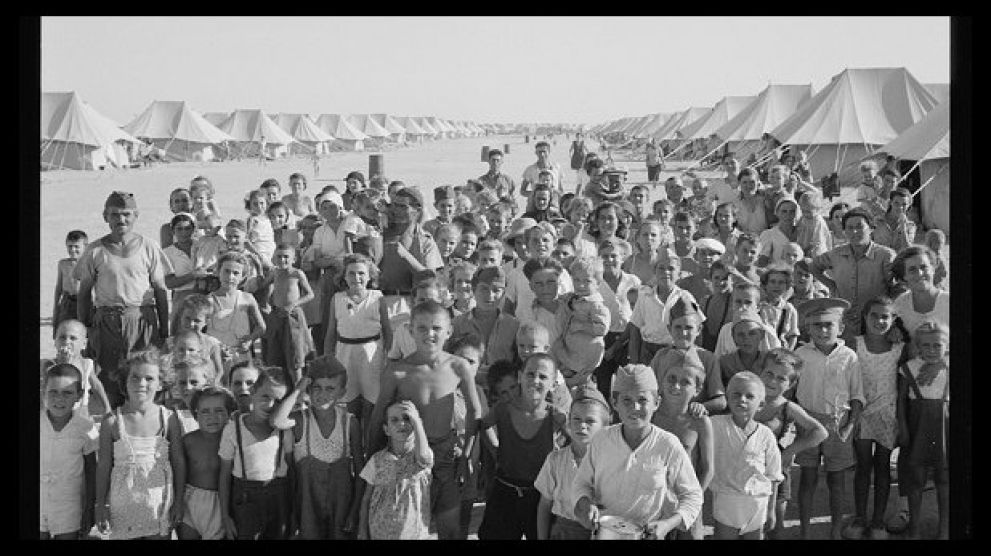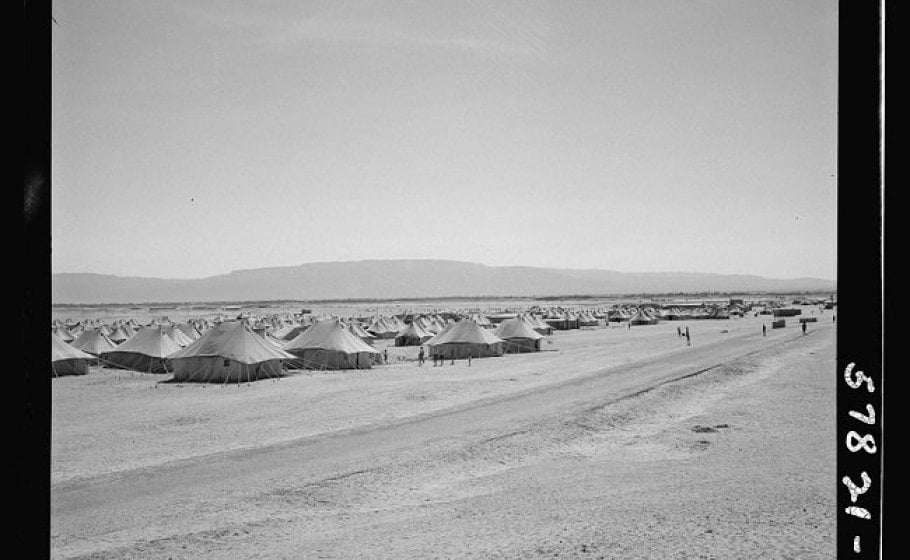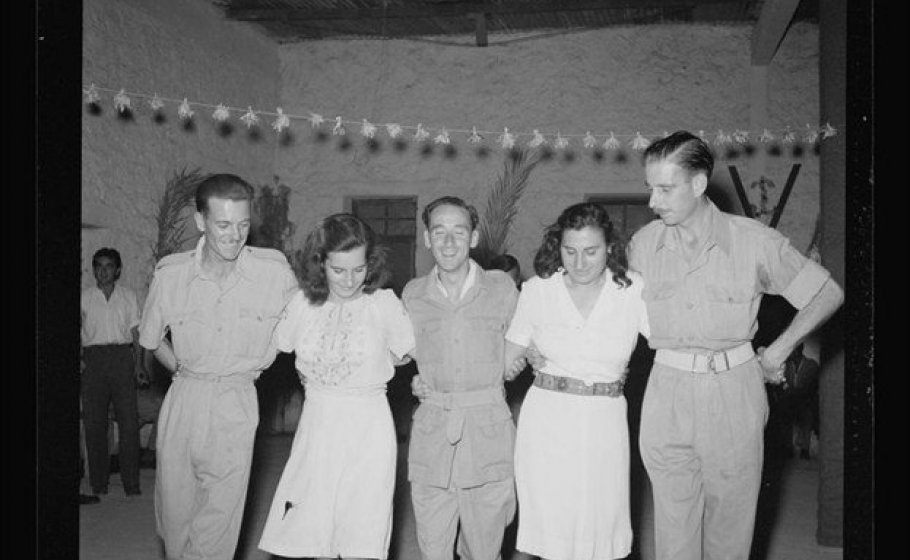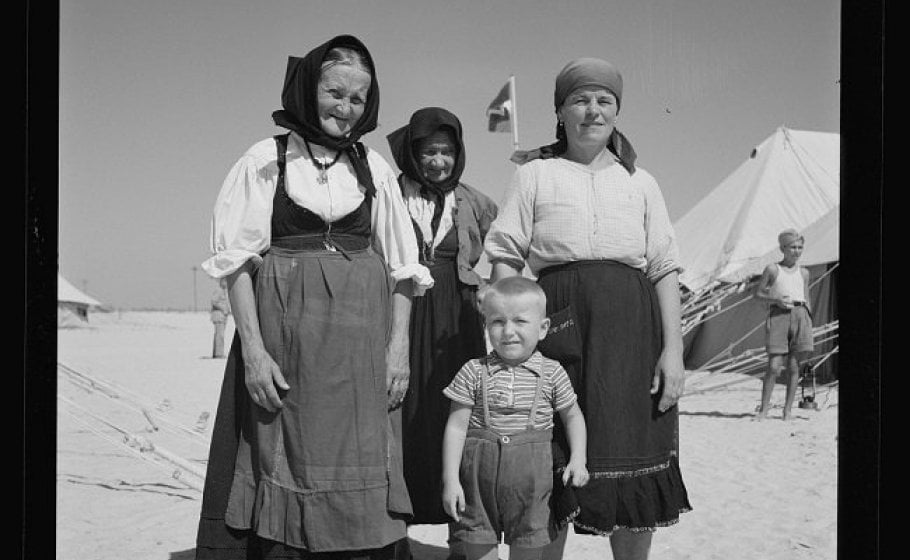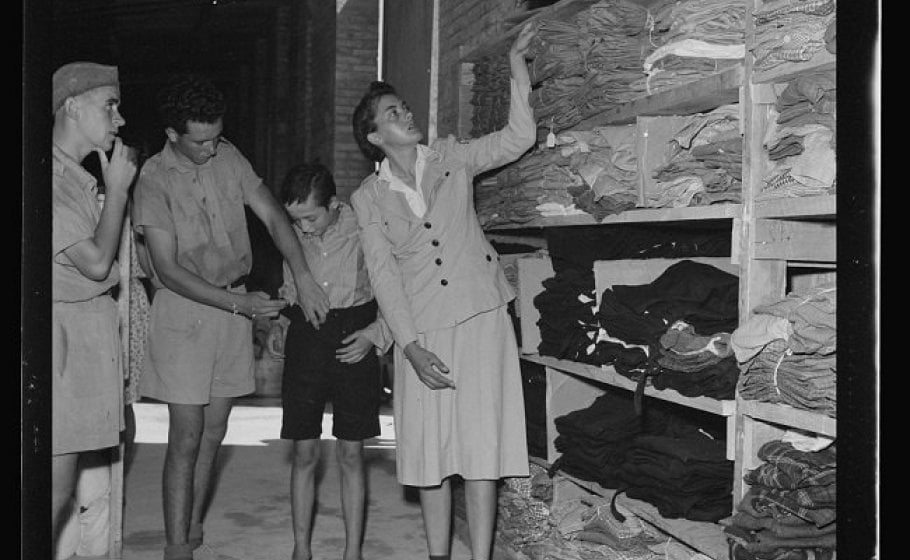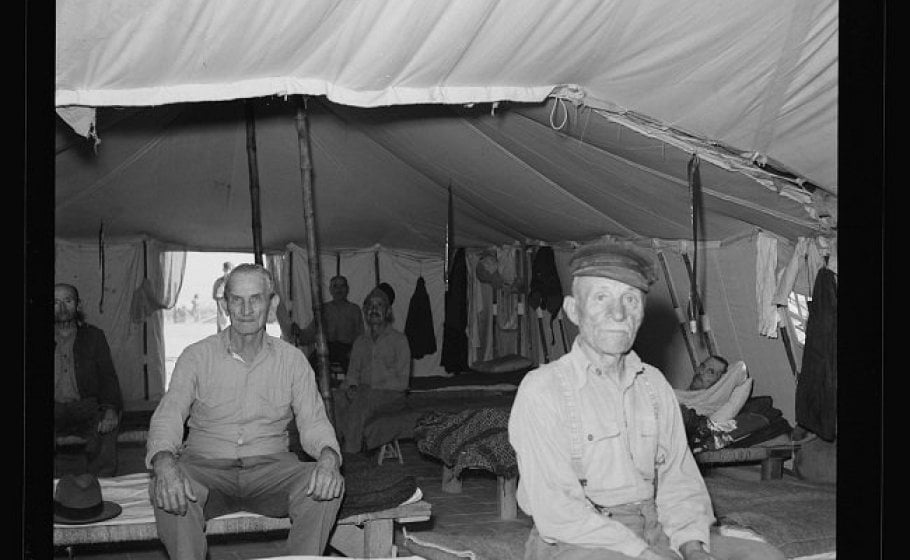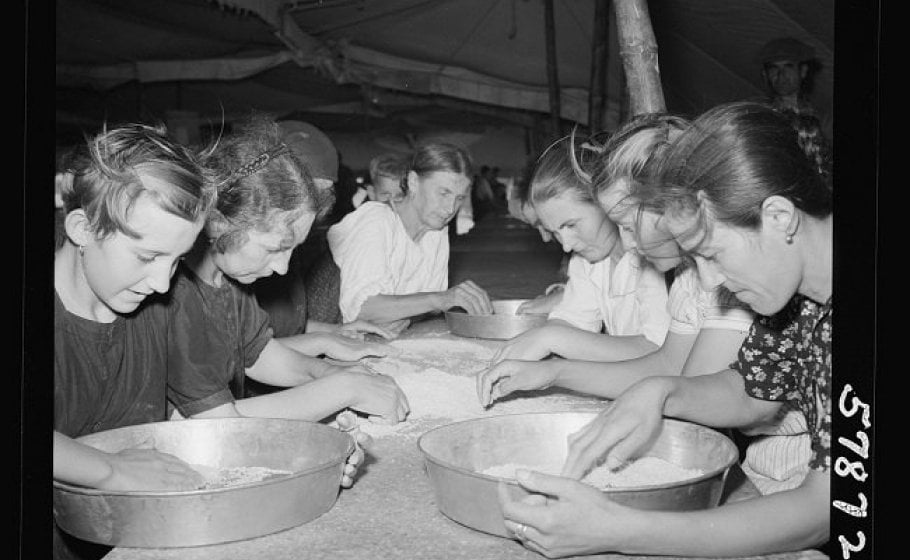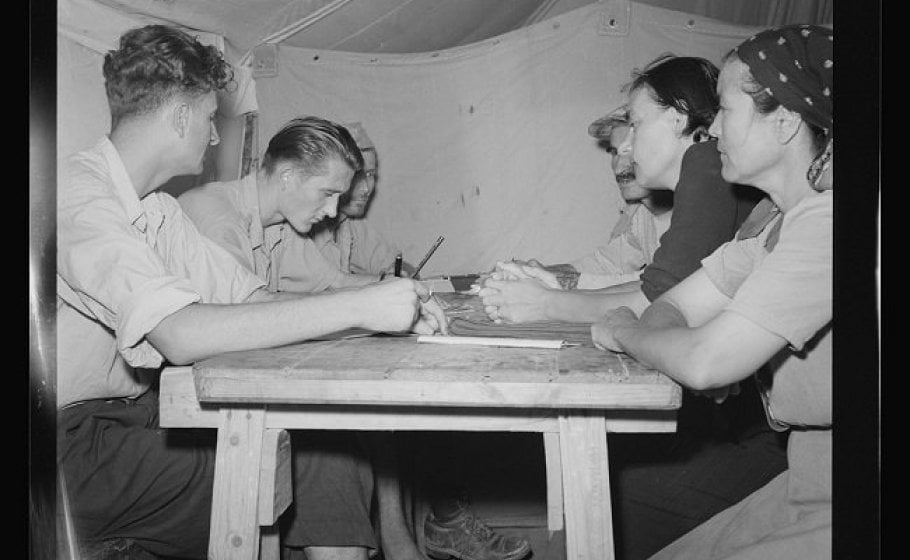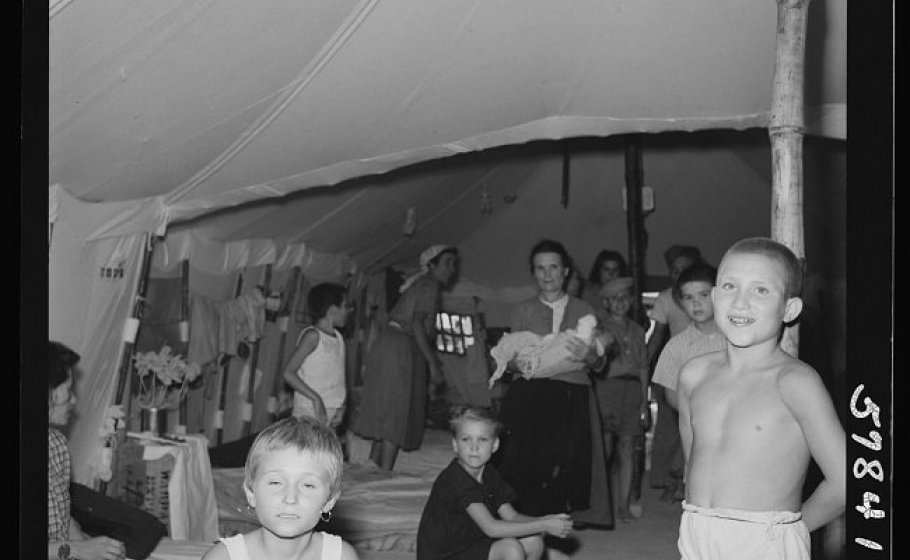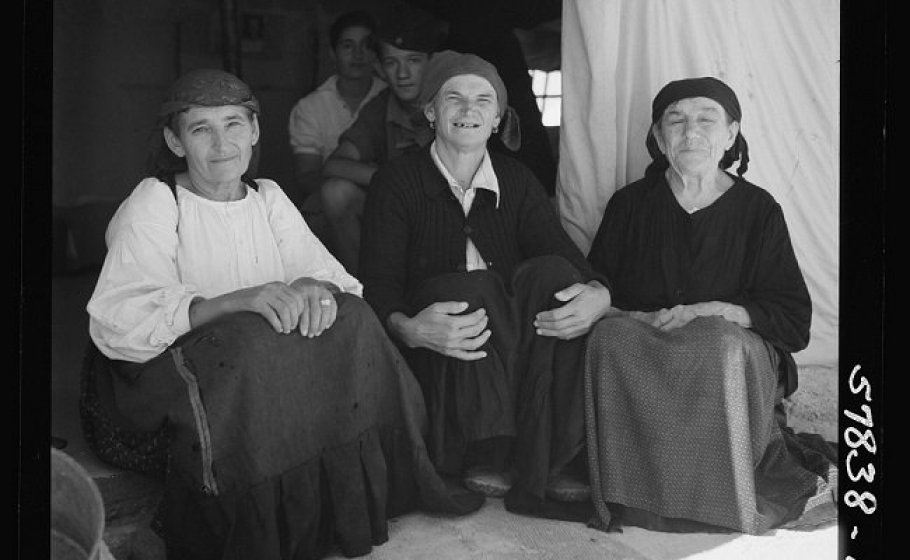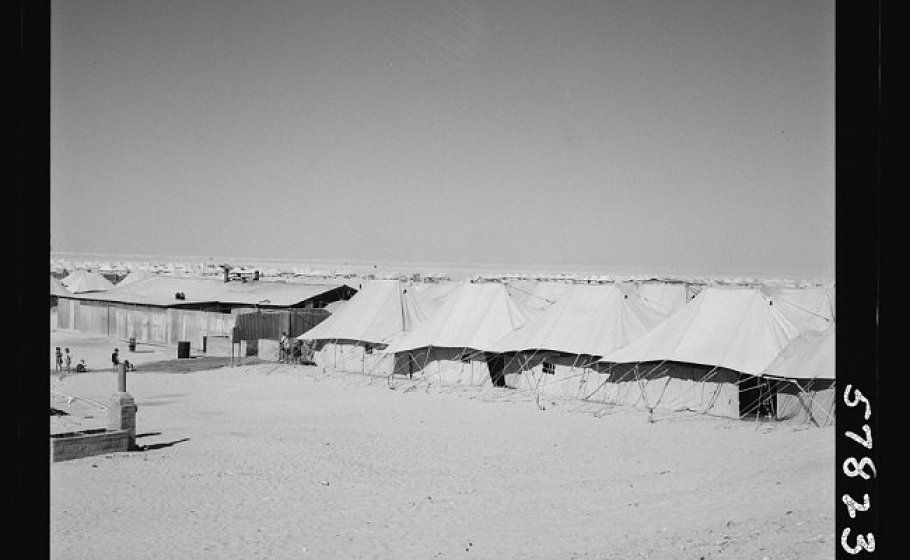The Egyptian Desert Connection
The island of Hvar has a rich history, with many international influences, dating from the arrival of the Ancient Greeks in 384 BC, continuing with the Romans and including an extended period of Venetian rule, but there are also fascinating stories from Hvar's past which include the people of Hvar on foreign shores.
None of these is more intriguing than the story of El Shatt in Egypt, a remarkable piece of Hvar history, whose 70th anniversary is marked this year. In 1944, at the height of the threat of German invasion during World War II, more than 25,000 civilians from Dalmatia, mostly women and children, and including more than 3,000 from Hvar, were relocated to the Sinai Desert by British forces.
The Dalmatian civilians were transported to a staging post on neighbouring Vis before being transferred to Egypt via Bari in Italy, arriving in the Sinai Desert to a harsh environment that was even more challenging than the difficult life they had left behind in wartime Dalmatia.
Slowly but surely, the refugees built up the camp, which was to become their home for the next two years. There were births, deaths and marriages in the desert, and there are several people on Hvar today who were actually born in Egypt, while almost every family on Hvar has a member of the family who spent time in the Sinai. Indeed one of the last five residents of the lavender village of Velo Grablje was not only born there, but was also christened Sinaj.
One of the more unusual facts about El Shatt is the fact that it is the only time that the famous Za Krizen Easter Procession, now under UNESCO protection, was performed off the island, as Hvar residents continued a tradition in Egypt that has continued uninterrupted for more than 500 years.
*Author - Paul Bradbury
*Photo Credit - The Library of Congress
